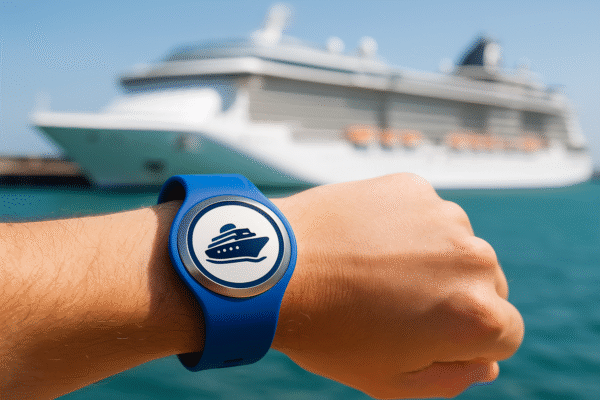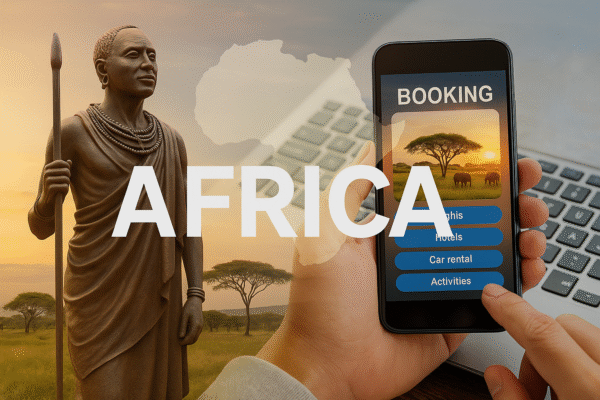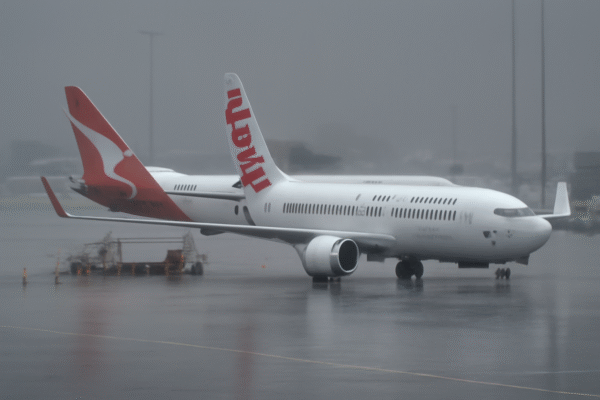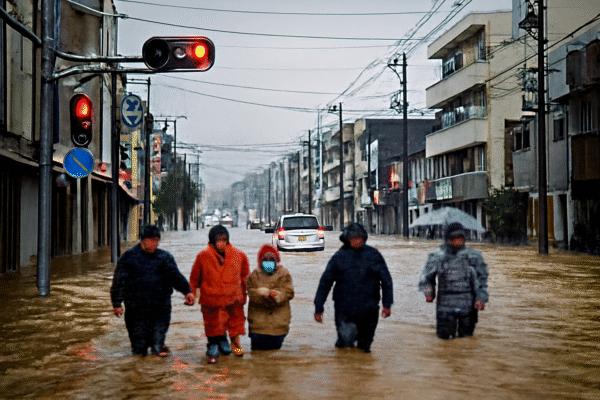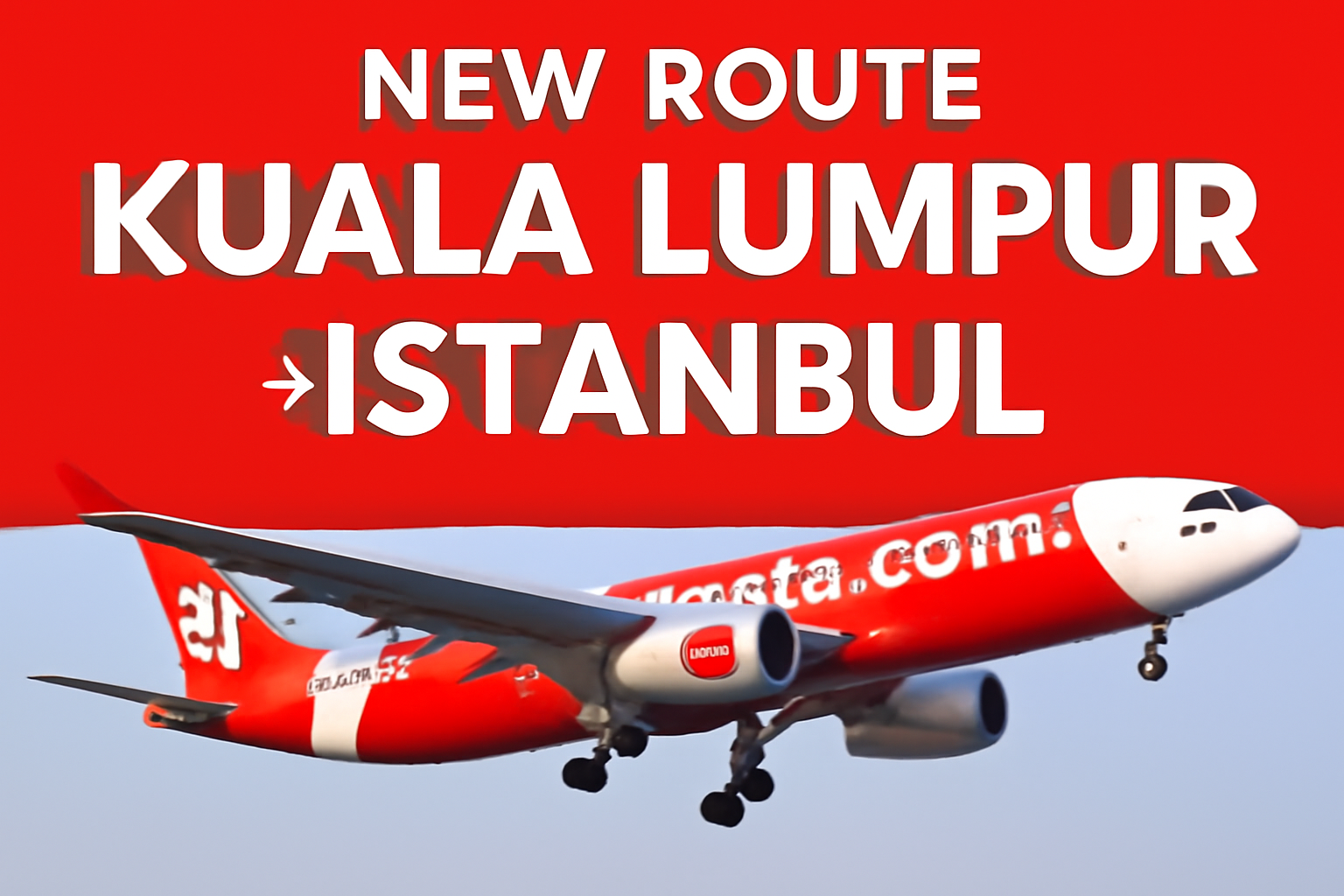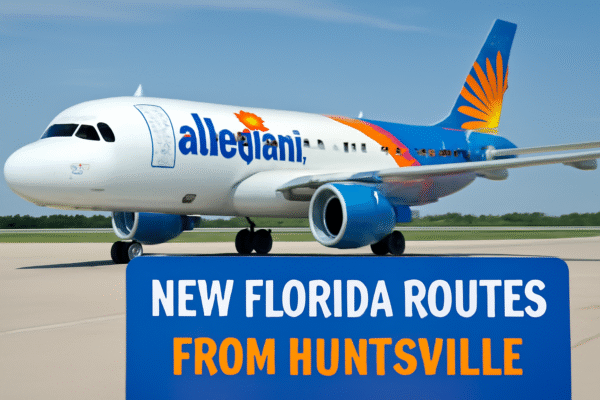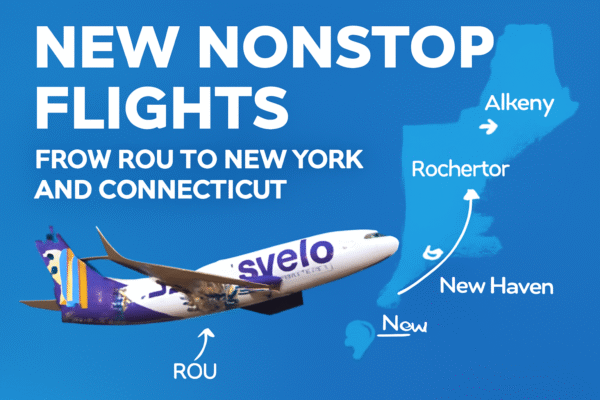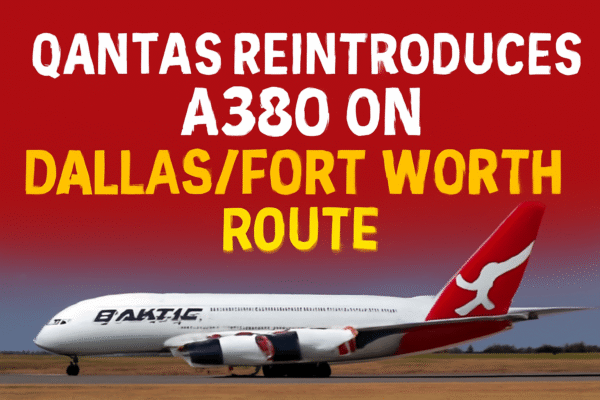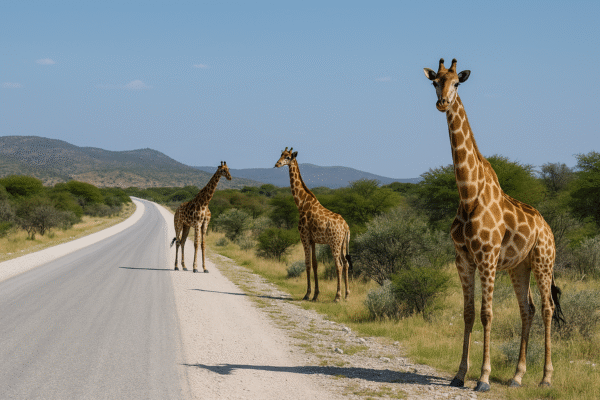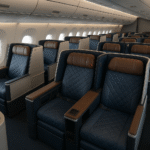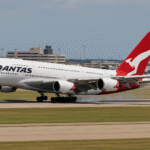Namibia is fast-tracking its tourism revival with a strategic focus on upgrading infrastructure, building workforce skills, and deepening regional cooperation. This coordinated approach aims to boost the economy, create jobs, and enhance Southern Africa’s appeal as a unified tourism destination.
For the 2025/26 fiscal year, the Ministry of Environment, Forestry and Tourism has been allocated N$797 million, reflecting the government’s commitment to the sector’s long-term growth. The budget covers operational needs and targeted development initiatives to modernize tourism services and improve visitor experiences.
Key investments include the upgrade of 214 kilometers of tourist roads in Etosha and Namib-Naukluft national parks, enhancing accessibility to Namibia’s most visited attractions. Additional allocations will strengthen park boundary fences, restore water supply systems, and improve visitor safety during events such as the Etosha Carnival. Water infrastructure upgrades at Galton Gate and Mahango Park will also benefit wildlife and tourists alike.
The government is placing equal emphasis on skills development, launching programs to train new apprentices, provide internships, and support graduates entering the tourism industry. These initiatives aim to raise service standards, ensure sustainable operations, and prepare Namibian youth for leadership roles in tourism.
Namibia’s tourism sector has experienced a remarkable rebound, with tourist arrivals surging from just 169,565 during the height of the pandemic to 863,872 in 2023. Improved health measures, marketing efforts, and enhanced visitor confidence have contributed to this recovery.
At the regional level, Namibia’s plans are closely aligned with the SADC Tourism Alliance—a private-sector platform representing all 16 member states of the Southern African Development Community. The Alliance’s newly elected steering committee is prioritizing regional air connectivity, streamlined border processes, and the creation of a unified tourism brand for Southern Africa.
Three main priorities are driving the Alliance’s agenda: improving regional access, developing a consistent and powerful tourism identity, and ensuring institutional sustainability. These goals aim to address current challenges, including limited intra-regional travel—currently less than 25% of arrivals—and underdeveloped transport networks.
Through joint marketing campaigns, coordinated policy development, and infrastructure alignment, the Alliance seeks to attract more high-value visitors while encouraging greater cross-border travel within the region. Namibia’s infrastructure projects, combined with skill-building programs, directly support this mission.
The integration of national investment strategies with regional cooperation is designed to position Namibia—and Southern Africa as a whole—as a top-tier global destination. By combining resources, expertise, and shared objectives, the region can unlock new tourism opportunities, protect its cultural and natural heritage, and ensure communities benefit from sustainable economic growth.
Namibia’s efforts highlight a broader shift toward strategic tourism development in Africa, where collaboration, innovation, and targeted investment are driving a competitive, resilient, and inclusive industry for the future.
For more travel news like this, keep reading Global Travel Wire

